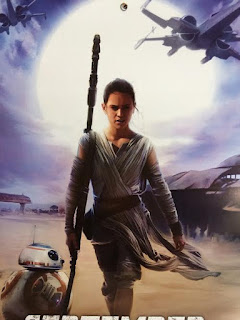 |
| The current website doesn't give us what we need in terms of the modern, "high-end" look. |
 |
| The top of our home page. |
What you see above is a clean layout with a lovely St. George property featured in the middle. The picture not only makes the screen look larger, but it also shows the Law of Continuity with the illusion it continues outside the frame. In terms of color scheme, I used similar colors that the real KW site uses, but I added a bold blue (Cloud Burst #1E3054) to cool the warm red (Red Berry #8B0000). The earthy tan color (Sorrell Brown #CBB492) balances both colors, which gives the site a sense of balance and professionalism. With the font, we wanted something modern yet readable. There's a lot of messy fonts out there, but, for a realty company, we wanted to keep them clean.
On the actual KW website, their business information is tucked away at the bottom of the page. I don't know about you, but I like making sure I know what the business is before I visit anywhere else on the website. That's why I provided the warm little "Welcome to Keller Williams St. George!" blurb with a brief business background. My plan is to attract the higher-end clientele with the impressive information and make them feel welcome during their stay on the site.
Another way I plan to attract the clientele is through the pictures. Yes, they are obviously stock photos (albeit nice stock photos) Wix had in their database, but if the website showcased their larger, more luxurious properties, who wouldn't start searching for their St. George dream home? I used Wix's helpful x- and y-axis feature to make the horizontal and vertical spaces even. The axis also let me know if the text boxes and pictures matched up to others on the page.
The actual KW website has a "Featured Properties" section, but it's drab and barely readable. They believe their clientele should have quick access to the latest for sale/rental properties, and I agree. However, our large, glamorous pictures are sure to capture and delight the eye of our rich customers. Also, they unconsciously follow the Law of Similarity because, naturally, our minds group each of those similar elements together.
A third thing I used to sweeten the clientele pot is located at the bottom of the page. This banner was part of the original template, and I decided to keep it. These three offers are the things that set us apart from the other realty companies. Also, I placed the business location and contact information in the footer, as well as the links to our social media profiles. This provides better availability for those avid social media users out there.
Throughout this tedious revamping process, I kept our group objective in mind. The simple, modern fonts, colors, pictures, and layout all come together to make our company more appealing to potential customers.











